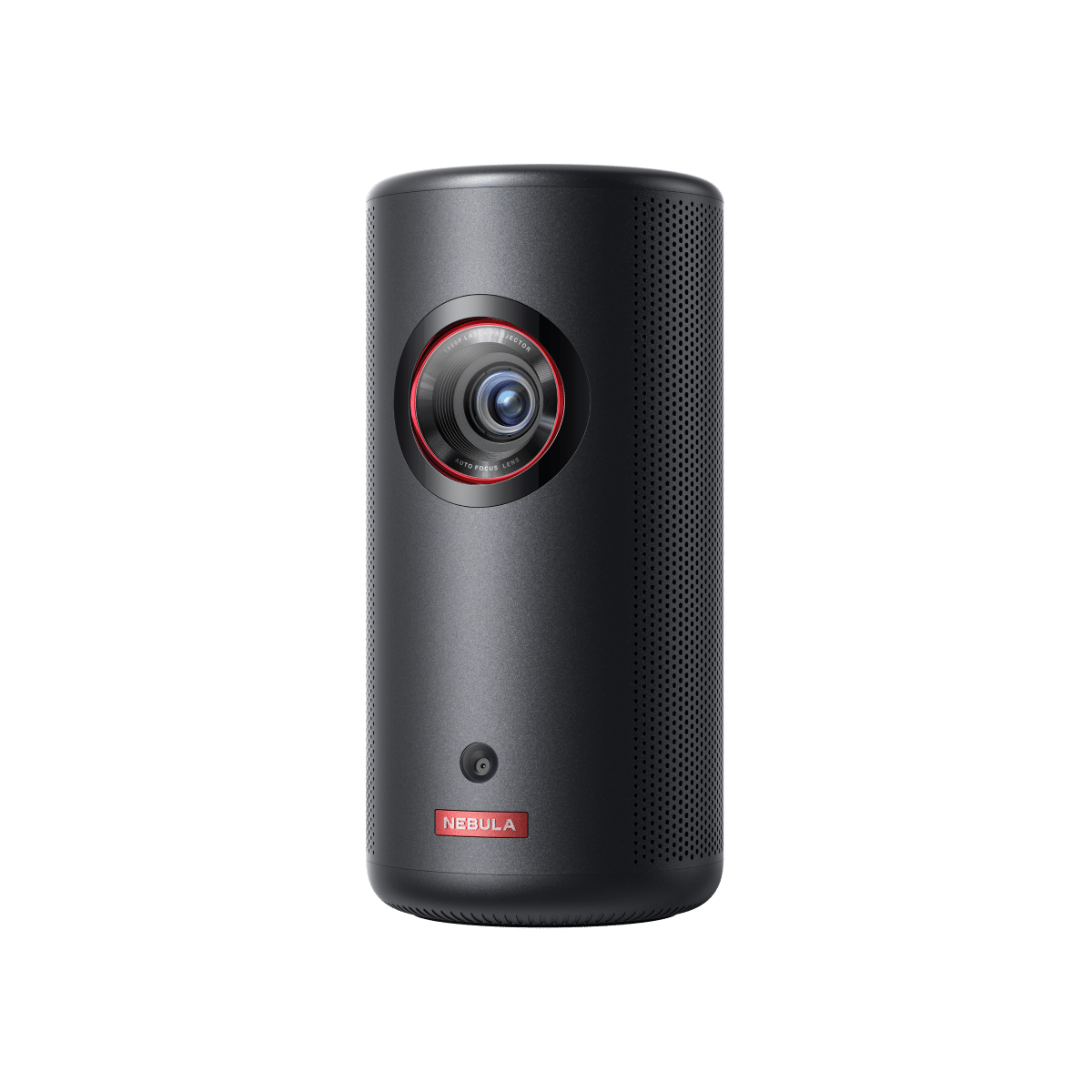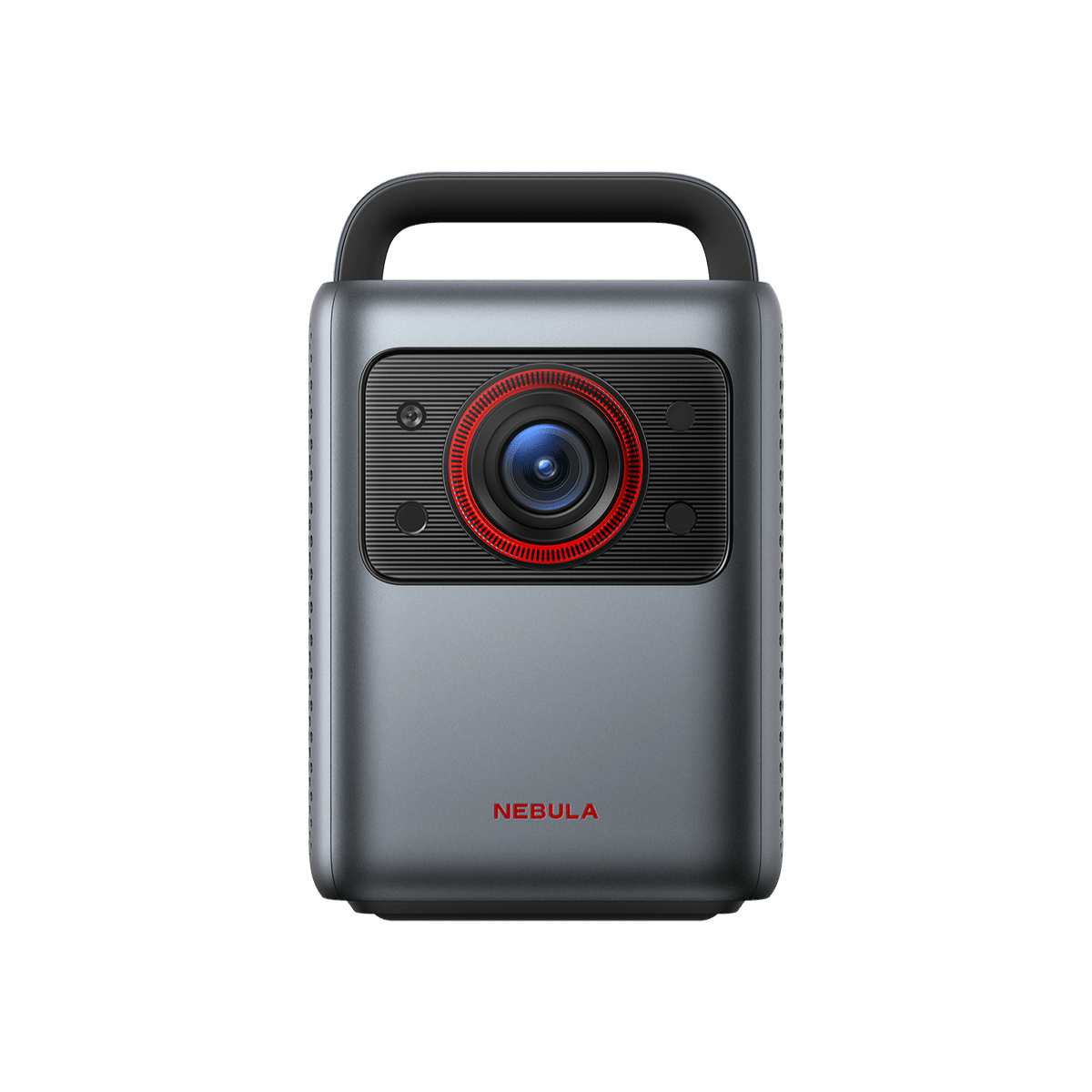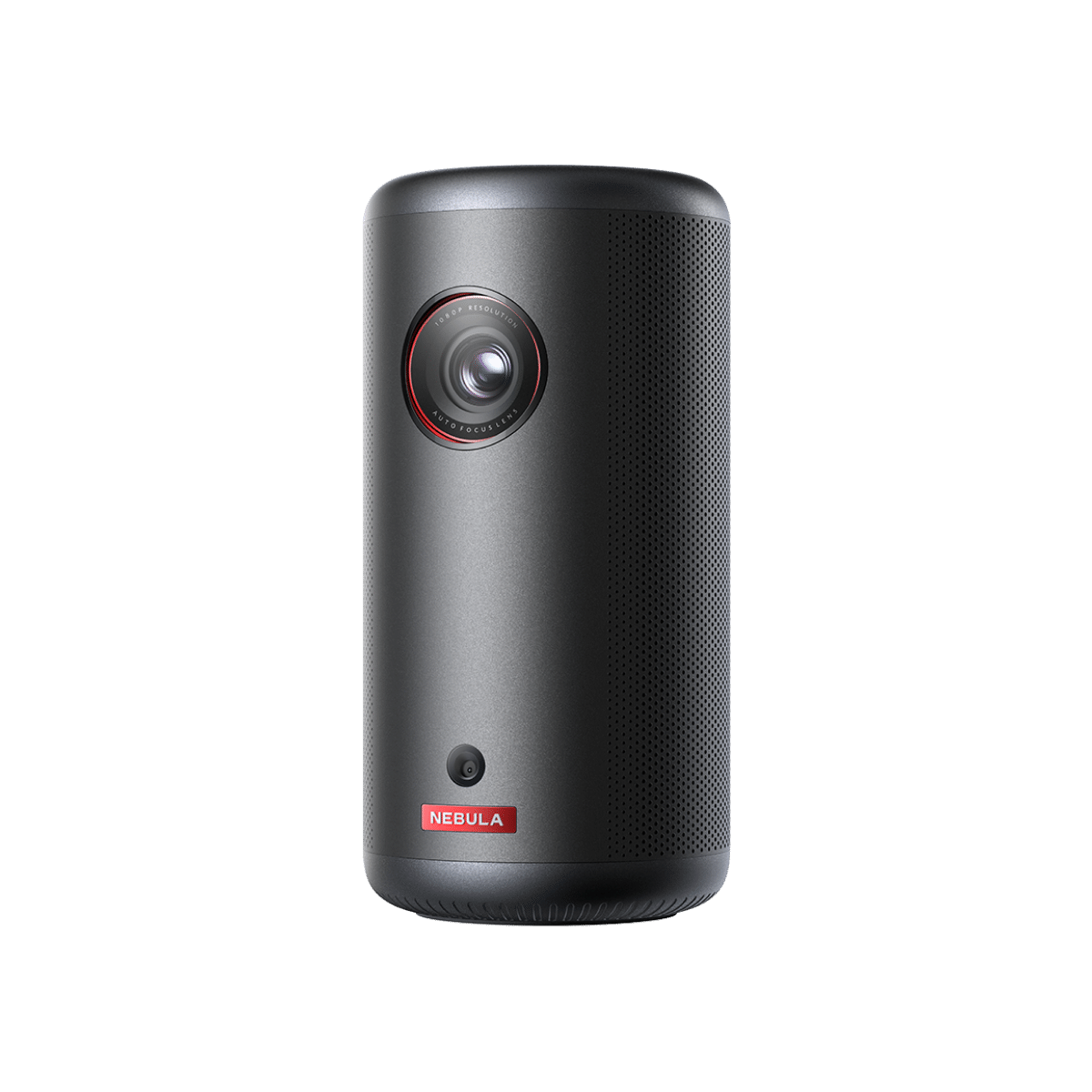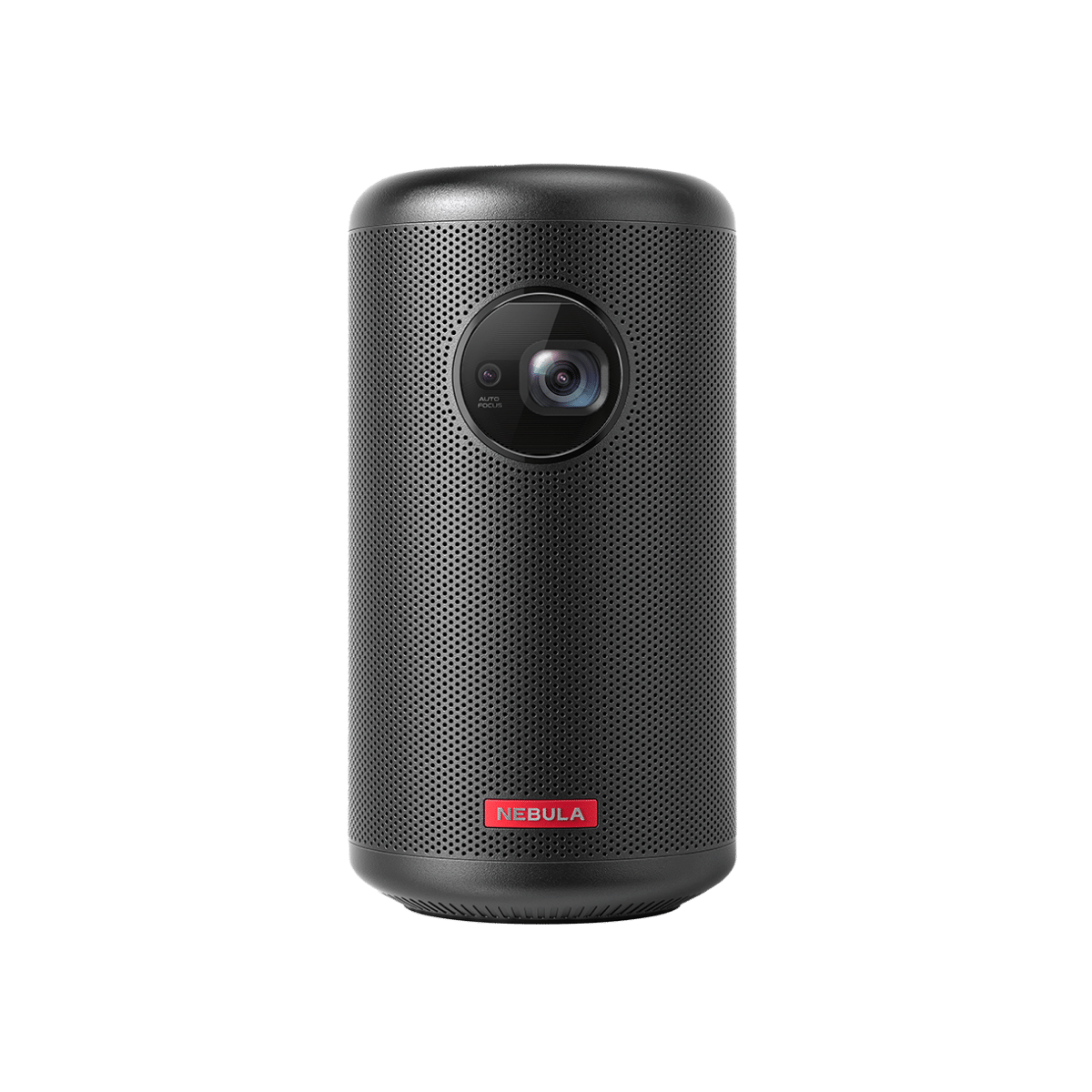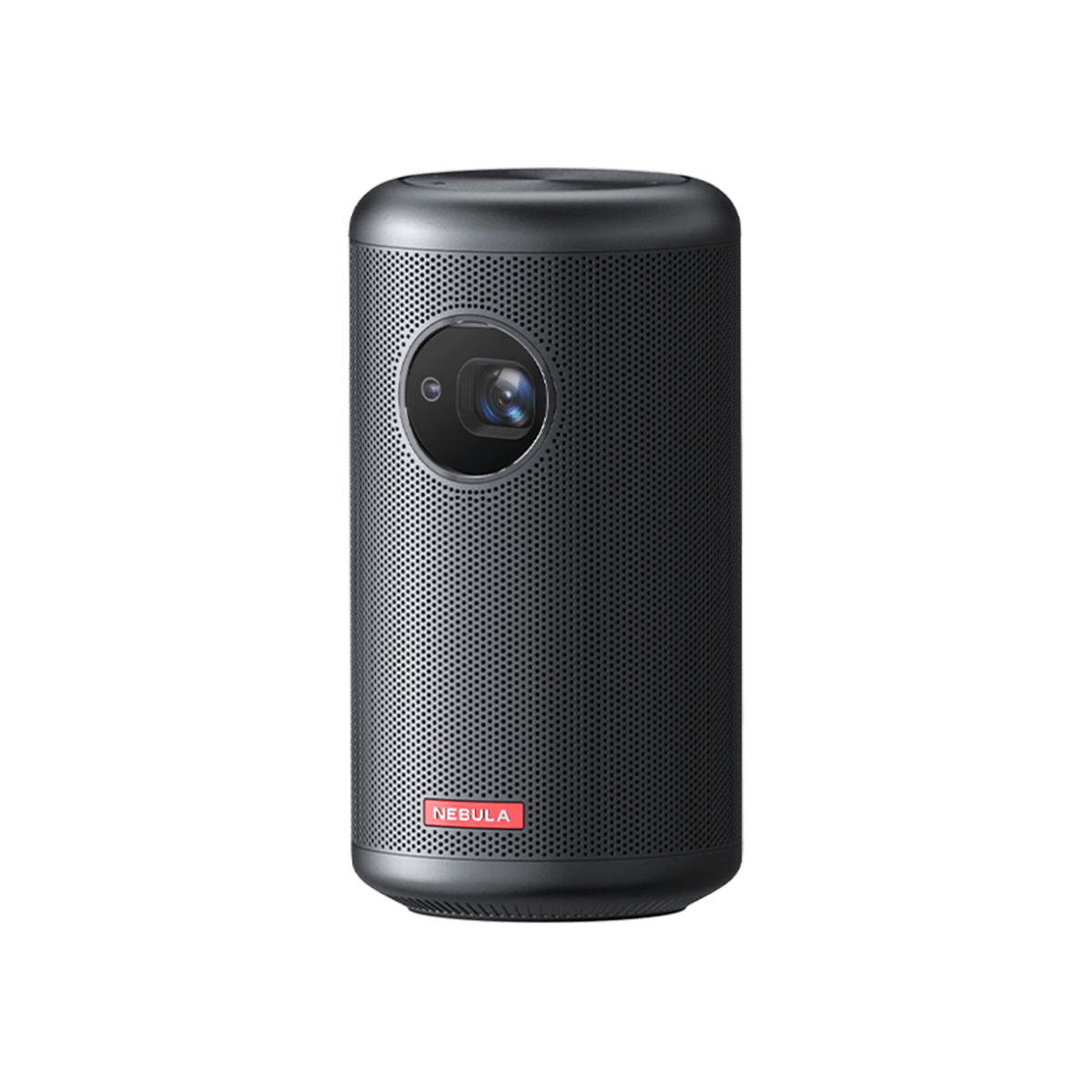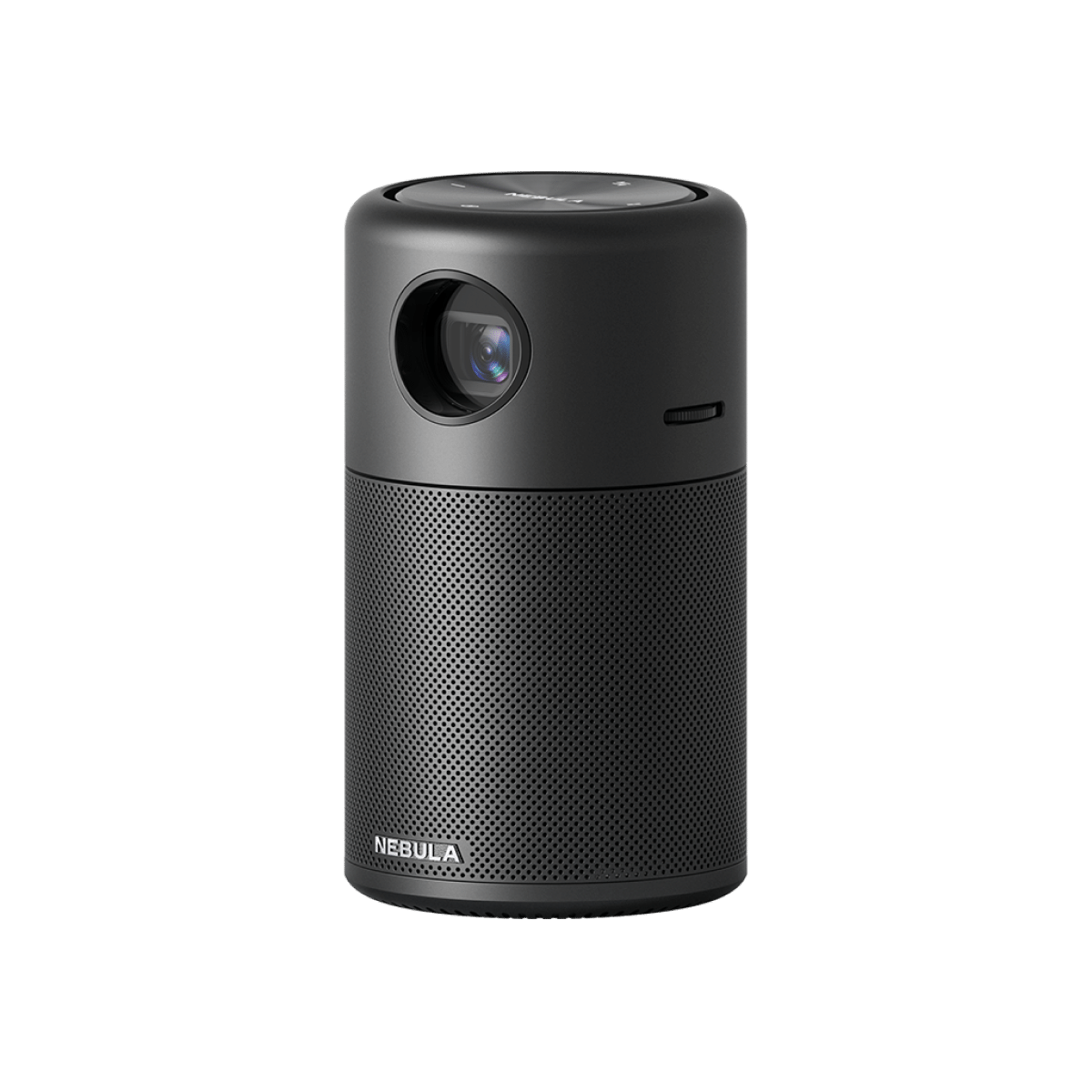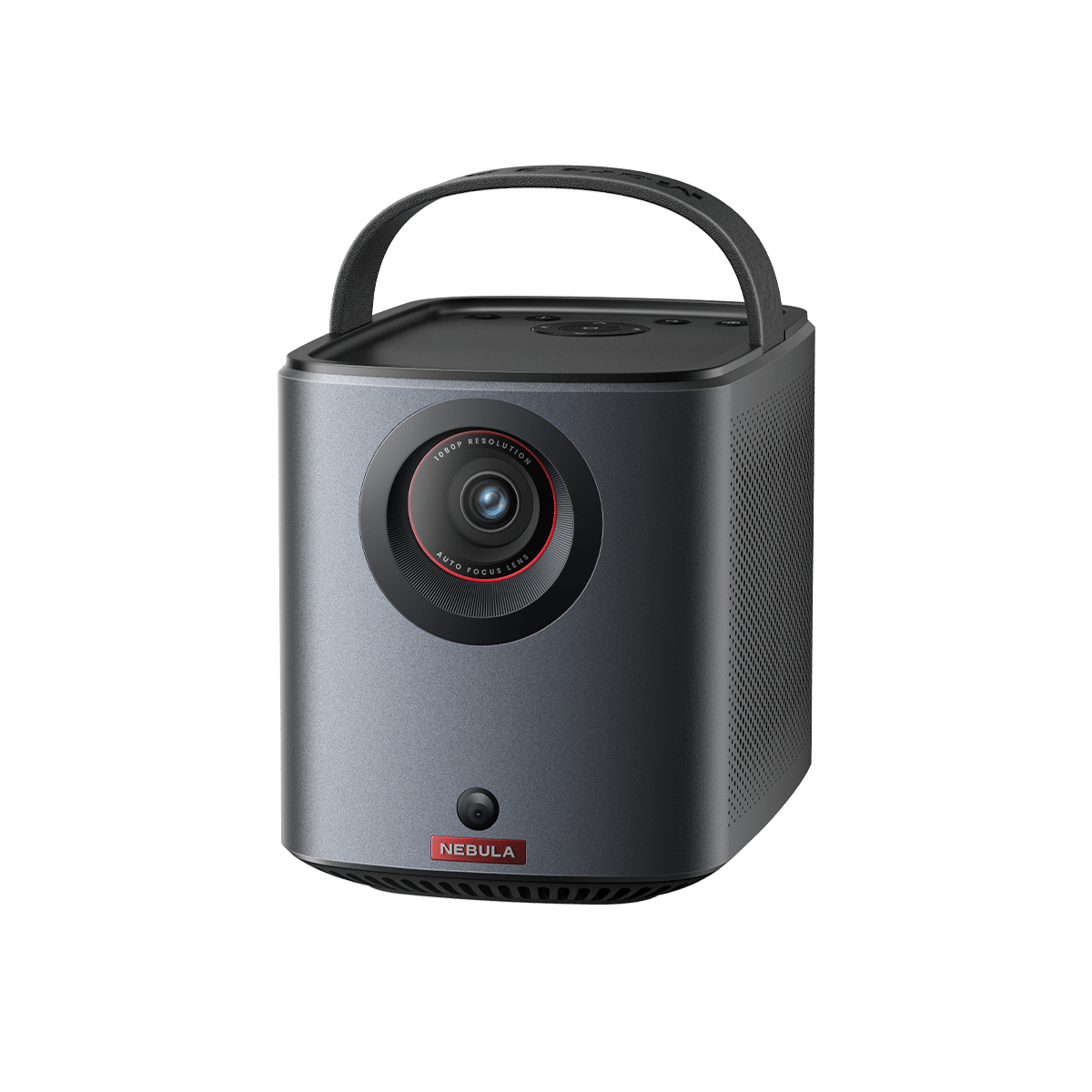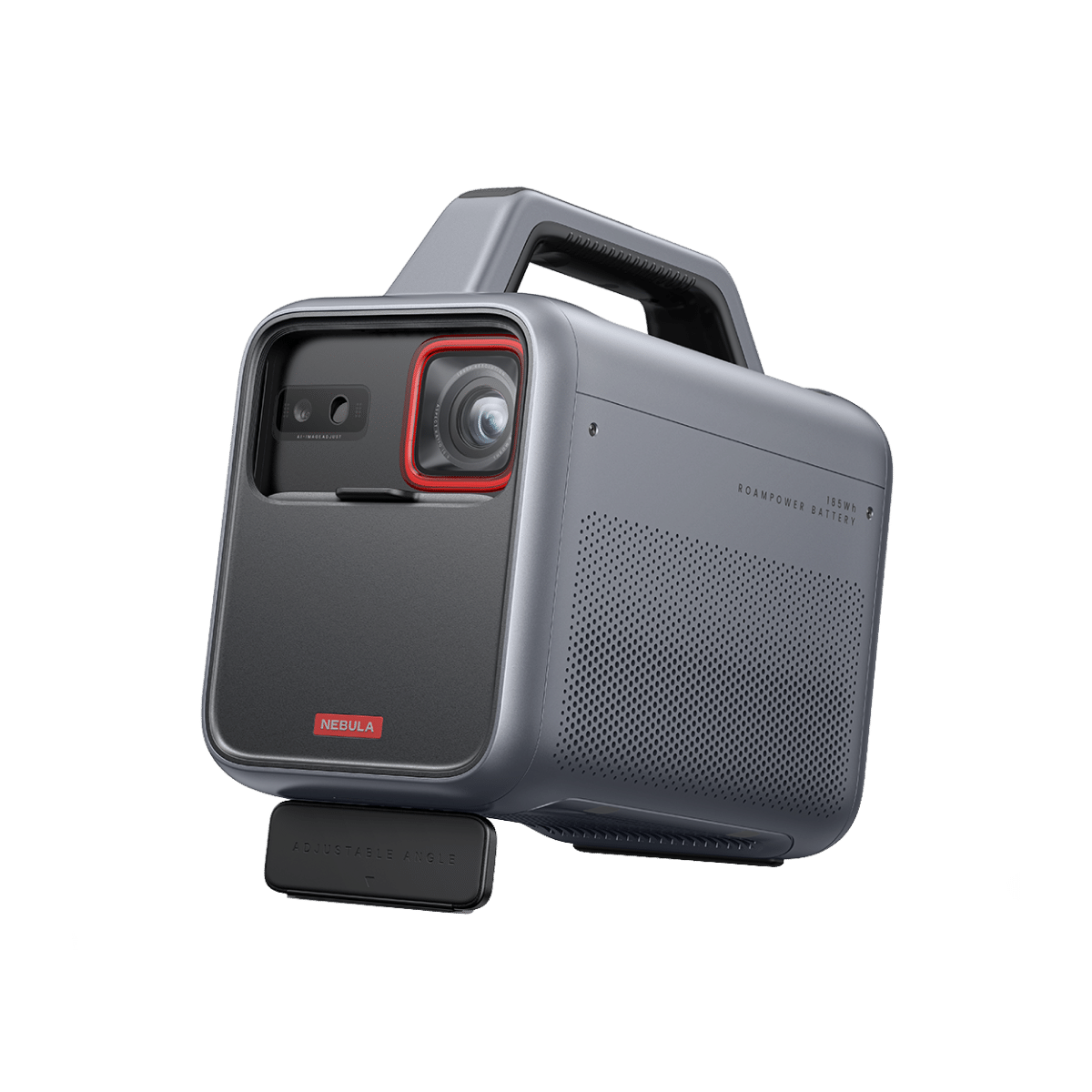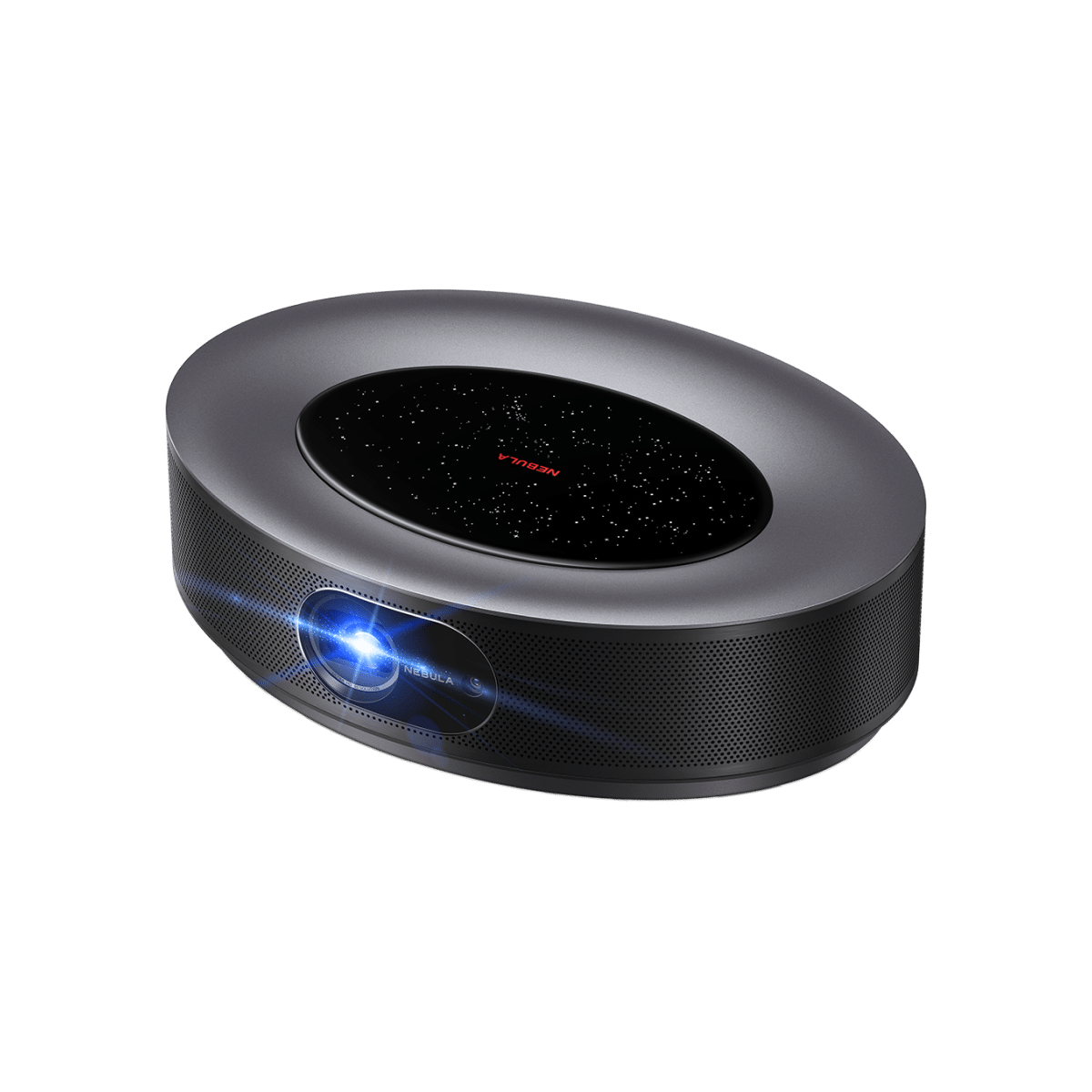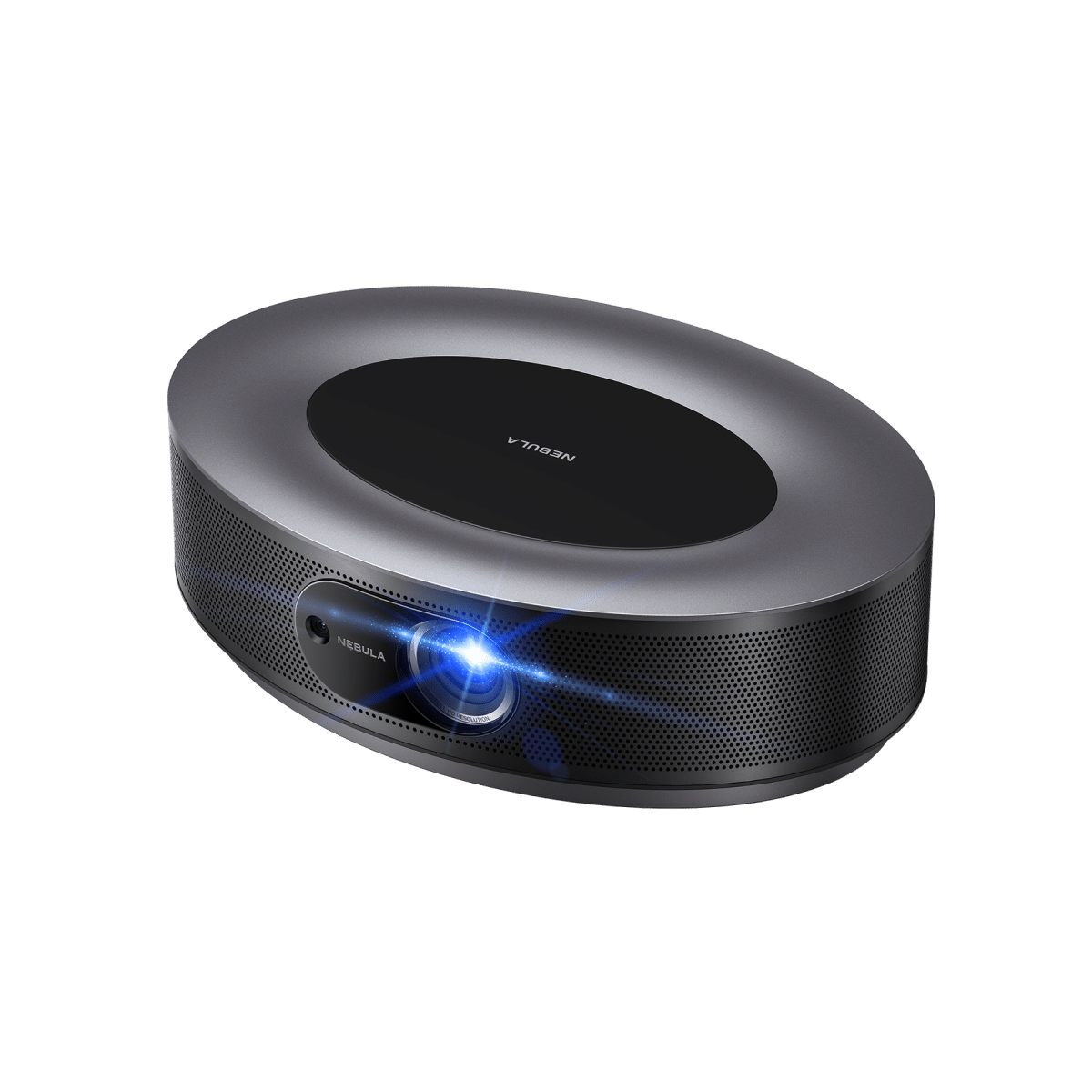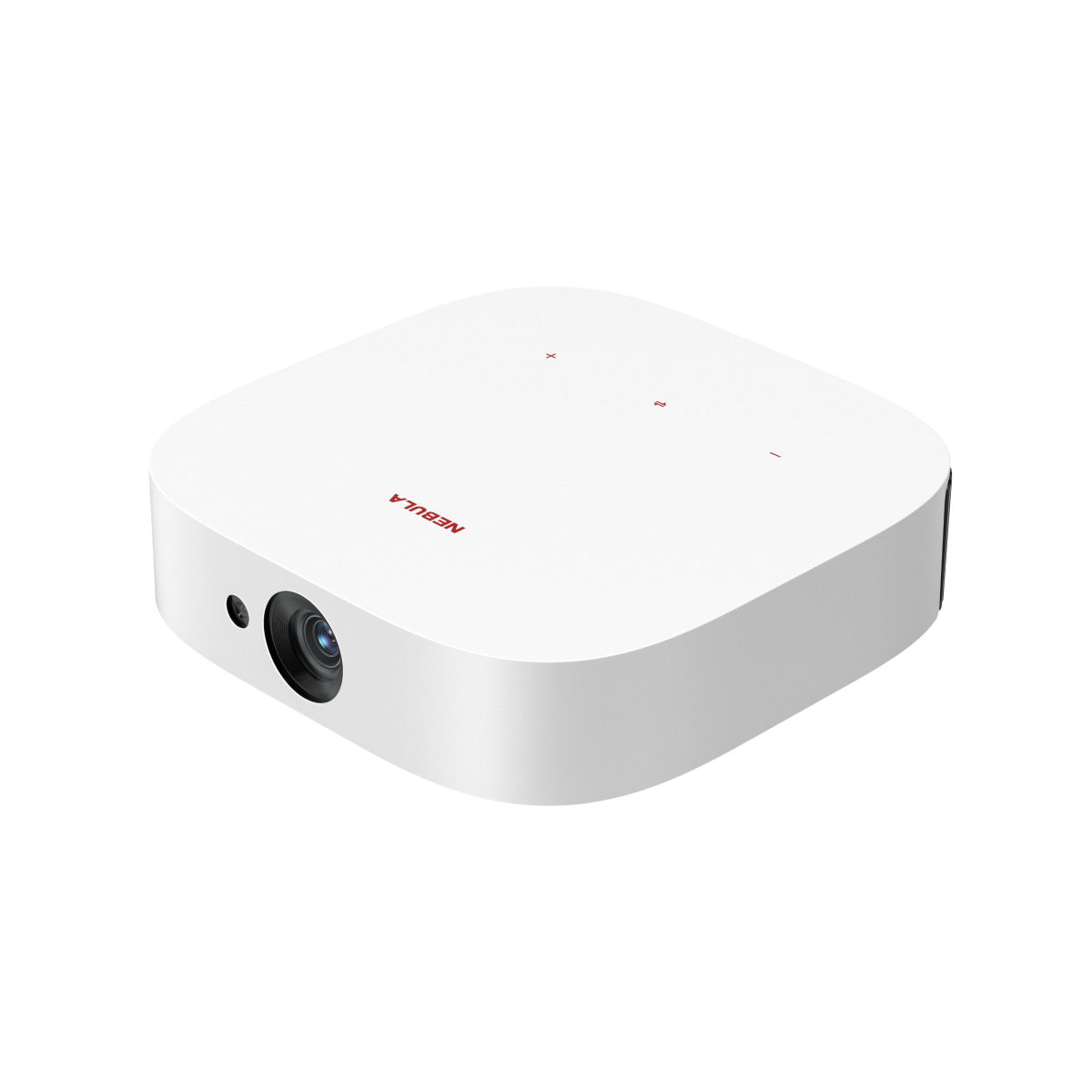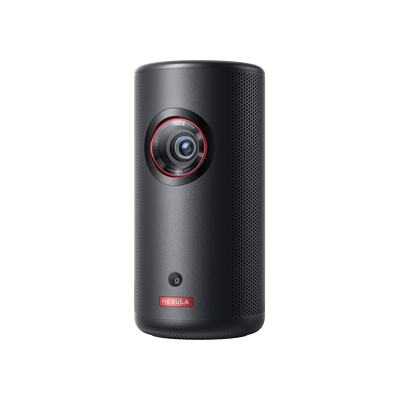Projectors have long been a staple in conference rooms, theaters, and homes, offering larger-than-life visuals on screens or walls. Yet, with diverse technologies and specifications available, selecting the right projector can be a puzzle. One of the most debated topics in projector selection is the "short throw vs. long throw projector" choice. In this guide, we'll demystify the nuances of different projector throw types, delve into their unique uses, and shine a light on a brand that stands out in the crowded marketplace.

What Does “Projector Throw” Mean?
In simple terms, the 'throw' of a projector refers to the distance between the projector and the screen or surface where the image is being projected. This is commonly represented as a ratio known as the "throw ratio." The throw ratio is calculated by dividing the distance between the projector and the screen by the width of the projected image. For instance, if a projector with a common throw ratio of 2.0 is placed 10 feet away from the screen, it will produce a 5-foot-wide image.
Depending on the design and purpose of the projector, they come in different types of throw ratios: long throw, and short throw. Typically, a long throw ratio implies that the distance between the projector and the screen is several times greater than the width of the projected image, often exceeding 1.0. This is suitable for larger venues such as conference rooms or theaters. Conversely, a short throw ratio usually means that the distance between the projector and the screen is close to or slightly less than the width of the projected image, typically falling within the range of 0.4 to 1.0. This is ideal for smaller spaces like classrooms or home theaters.
Understanding the different types of throw ratios is crucial when selecting a projector for specific needs, as it will influence the optimal placement of the projector.

What Is a Short Throw Projector?
A short throw projector is a specialized projector designed to produce large images from a relatively short distance from the screen or projection surface. Typically, they can create a full-sized image from short throw projector distances between 3 and 8 feet, corresponding to a throw ratio of 0.4 to 1.
Pros:
Space-saving: Ideal for smaller rooms or spaces where the distance between the projector and the screen is limited.
Minimized Shadows: Given its proximity to the screen, there's a reduced chance of presenters or objects casting shadows onto the projected image.
Reduced Eye Glare: The positioning of short throw projectors means that the light is less likely to shine directly into viewers' eyes, making it more comfortable for audiences.
Cons:
Cost: They can be more expensive than standard long throw projectors due to the specialized lens required.
Sensitivity to Screen Imperfections: Due to the wide angle of projection and the light reflecting more directly on the surface at closer distances, any imperfection on the screen or wall can be more noticeable.
Fan Noise: They have increased fan noise due to the need for efficient heat dissipation, given the intense image processing they use to generate large images from a short distance.
What Is a Long Throw Projector?
Long-throw projectors are the traditional projectors many are familiar with. They require a considerably long throw projector distance, often more than eight feet, to produce a 100-inch image. The throw ratio for these projectors typically starts from 1.0 and goes higher.
Pros:
Cost: Generally, basic long-throw projectors can be more affordable.
Large Projection Size: They can produce larger images suitable for bigger audiences or spacious venues.
Suitable for Outdoor Use: They are often used for outdoor events, such as outdoor movie nights or large-scale projections, due to their ability to cover long distances effectively.
Cons:
Space Requirement: They require a larger room or space, which might not be ideal for compact areas or limited setups.
Potential for Shadows: If someone or something comes between the projector and the screen, it can cast a shadow on the displayed content.
Installation Complexity: Properly setting up a long-throw projector can be more challenging, especially in permanent setups like ceiling mounts, leading to additional costs and installation complexities.
Ambient Light Sensitivity: Due to the greater distance from the screen, the projected image might be more susceptible to washout from ambient light, reducing contrast and image quality.
Short-Throw vs. Long-Throw Projector: Which Is Better?
The choice between a short-throw projector and a normal long-throw projector doesn't have an absolute "better" option but depends on your specific requirements and usage scenario. Each type of projector has its own set of advantages and suitable environments, and the best choice depends on the following factors:
Room Size and Layout:
Consider the physical dimensions of the room where the projector will be installed. A smaller room with limited space may benefit from a short-throw projector, while larger rooms or auditoriums may require a long-throw projector to achieve the desired screen size and visibility.
Throw Distance:
Determine the available throw distance in the room. Short-throw projectors can create a large image from a short distance, which is ideal for confined spaces. Long-throw projectors, on the other hand, need more distance between the projector and the screen.
Screen Size:
Define the size of the screen or projection area you require. Short-throw projectors are suitable for producing substantial images in smaller spaces, while long-throw projectors are better for very large screens.
Interactive Features:
If interactive capabilities are required, consider how long throw vs. short throw projectors affect user interaction. Short-throw projectors are often preferred for interactive applications as they allow users to stand closer to the screen without casting shadows. In contrast, long throw projectors may necessitate a greater distance between the user and the screen, potentially leading to more limited interactive engagement.
Budget:
Determine your budget for the projector. Short-throw projectors tend to be more expensive than long-throw projectors with similar specifications, so your budget will influence your choice.
Shadowing and Interference:
Assess whether shadows and physical obstructions might interfere with the projected image. Short-throw projectors minimize shadowing but may require careful placement to avoid obstructions, while long-throw projectors reduce the risk of interference due to their greater distance.
Versatility and Placement Options:
Consider how flexible you need to be with projector placement. Long-throw projectors provide more versatility in placement, offering options for different room sizes and layouts. Short-throw projectors, on the other hand, have placement limitations due to their proximity to the screen.
By taking these main factors into account, you can make an informed decision when choosing between long throw and short throw projectors, ensuring that the projector you select is the best fit for your specific situation.
Nebula Projectors: The Best Projectors for Movie Watching, Gaming, and Business

At Nebula, we're proud to offer a range of long-throw projectors that provide unparalleled versatility and high-quality performance. Nebula projectors have become the top choice for various applications, from creating a captivating home theater experience to delivering professional presentations.
Movie Watching: Creating a Cinematic Experience
We designed Nebula projectors with the aim of transforming any space into a personal home theater. Our projectors are equipped with high-definition resolution, brilliant color reproduction, and powerful built-in speakers. This makes them the perfect choice for streaming your favorite movies, TV series, and sporting events with exceptional clarity and immersive audio. What's more, Nebula projectors are known for their portability and user-friendly setup, enabling you to enjoy a cinematic experience wherever you desire.
Representative Model: Nebula Capsule 3 Laser

Gaming: Immerse Yourself in Gameplay
At Nebula, we understand the needs of gamers. That's why our projectors offer minimal input lag and lightning-fast response times. These features ensure that gaming on Nebula projectors provides an unparalleled level of immersion and a cinematic gaming experience on a grand scale. Whether you're into console gaming, PC gaming, or mobile gaming, Nebula projectors are here to deliver an unforgettable gaming adventure for you and your friends.
Representative Model: The Nebula Cosmos Max
Business: Elevate Your Professional Presentations
Our commitment to quality extends to professional settings as well. Nebula projectors are equipped with wireless connectivity, ample brightness, and sharp image quality, making them the perfect choice for business presentations, training sessions, and collaborative work. Designed with portability in mind, Nebula projectors adapt seamlessly to various devices, making them an ideal option for professionals on the go.
Representative Model: The Nebula Mars II Pro

Conclusion
Navigating the short throw vs. long throw projector dilemma requires a clear understanding of your environment, audience, and projection needs. Whether you're setting up a cozy home theater, preparing for business presentations, or planning an outdoor movie night, each projector throw type offers unique advantages. Whatever your requirements may be, investing time in research ensures that the final selection not only fits the bill but also provides an unmatched viewing experience.
FAQ
Is it better to have a projector closer or further away?
The ideal placement distance of a projector is typically determined by its specifications, particularly the throw ratio. The throw ratio represents the relationship between the projector's placement distance and the screen size, often expressed as the ratio of the projection distance to the screen width. It's important to consult the projector's specifications sheet or user manual to understand its specific throw ratio range and the optimal projection distance.
Are short throw projectors better?
Short-throw projectors vs regular or ultra short throw projectors: short throw projectors excel in smaller spaces and minimize shadows and eye glare. However, they might be pricier, not suitable for larger venues, and sensitive to screen imperfections.
